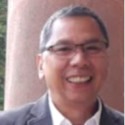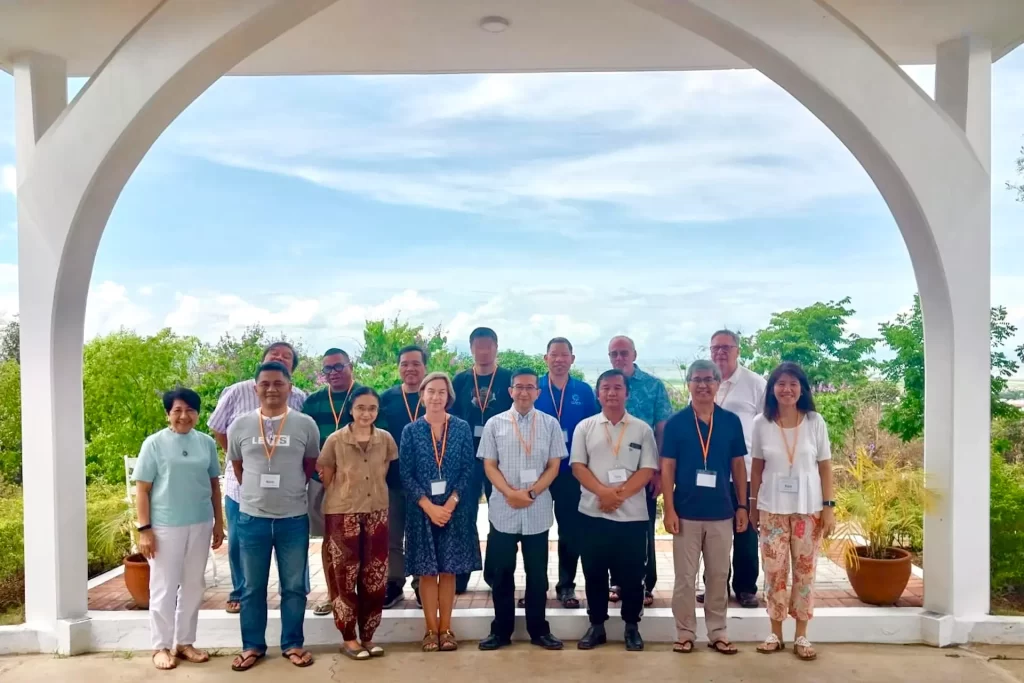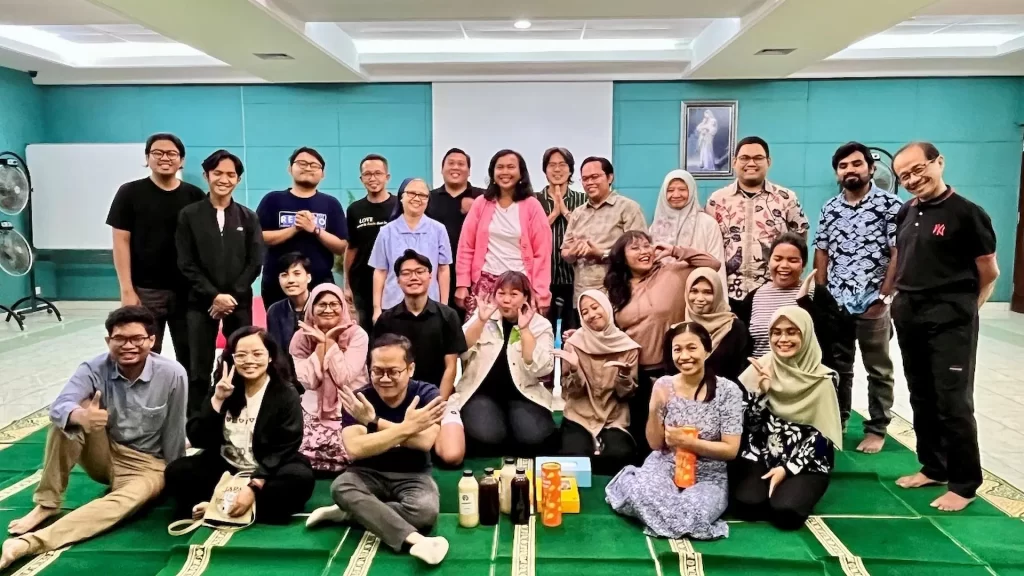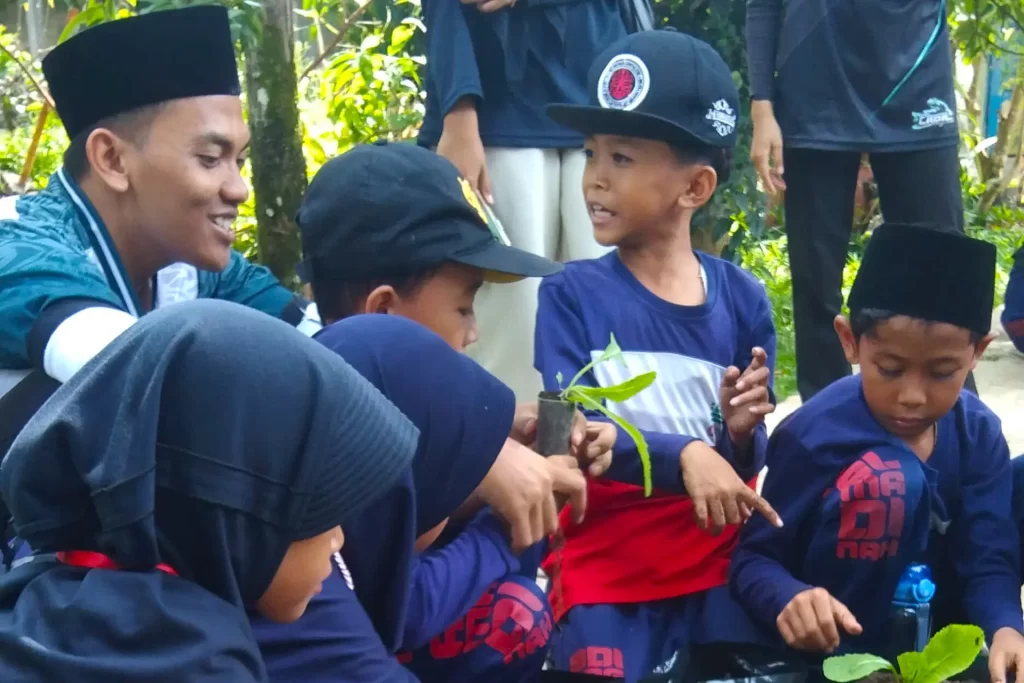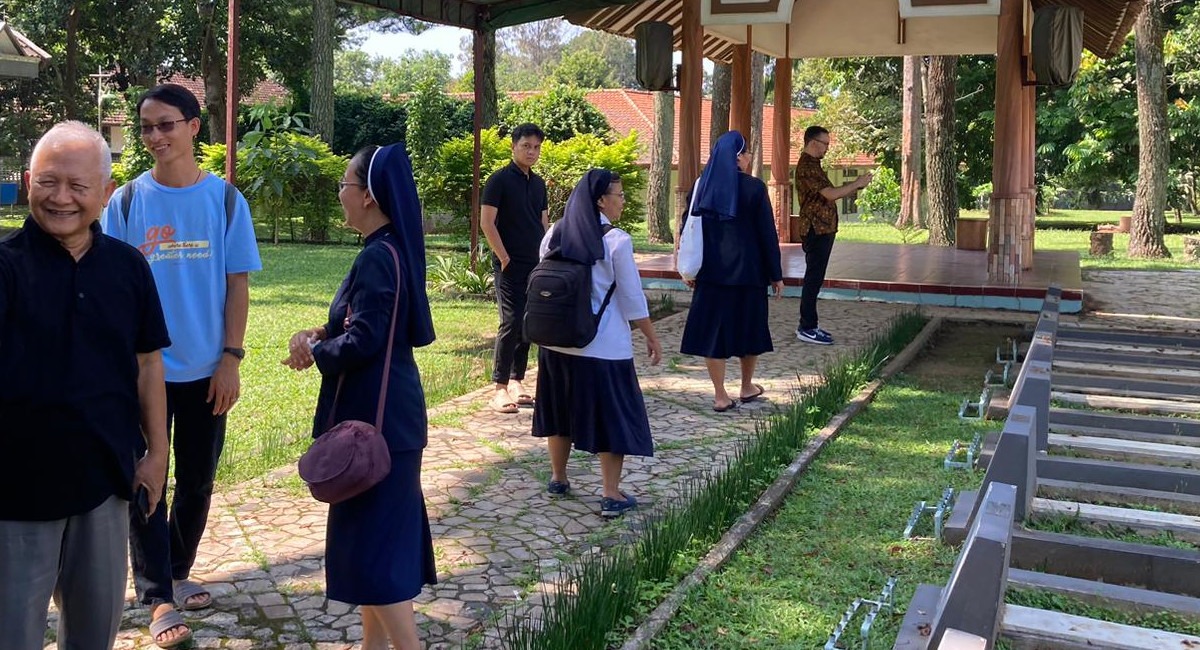
Jesuit cemetery at Girisonta
Discovery and memory. These were the words that defined my visit to Girisonta.
Before this visit, I had never heard of Girisonta. I believed the formation houses of the Jesuits in Indonesia were in Yogyakarta (Kolsani) and Jakarta (Kolman). Little did I know that Girisonta, in Central Java, Indonesia, is where Jesuits are born (as one Indonesian Jesuit described) and laid to their final resting place. It is their “alpha and omega”.
For all intents and purposes, Girisonta is the Indonesian counterpart of the Sacred Heart Novitiate, tucked on the fringes of Quezon City in the Philippines. Or perhaps it is the other way around. Like Girisonta, Sacred Heart is where novices stay for two years, discerning whether a religious vocation, in the Society’s mould, is their calling. And should they continue on the mission, they can more or less know where they will be placed once the inevitable comes.
I was impressed with the place, with its sprawling gardens, wide corridors, majestic trees, and fresh, cool air. It is an inviting place for retreat, meditation, and reflection. After staying in KPTT (a Salatiga-based Jesuit agricultural training centre), I was awed by the resourcefulness of the pioneering fathers who acquired these properties for the future generation of Jesuits.
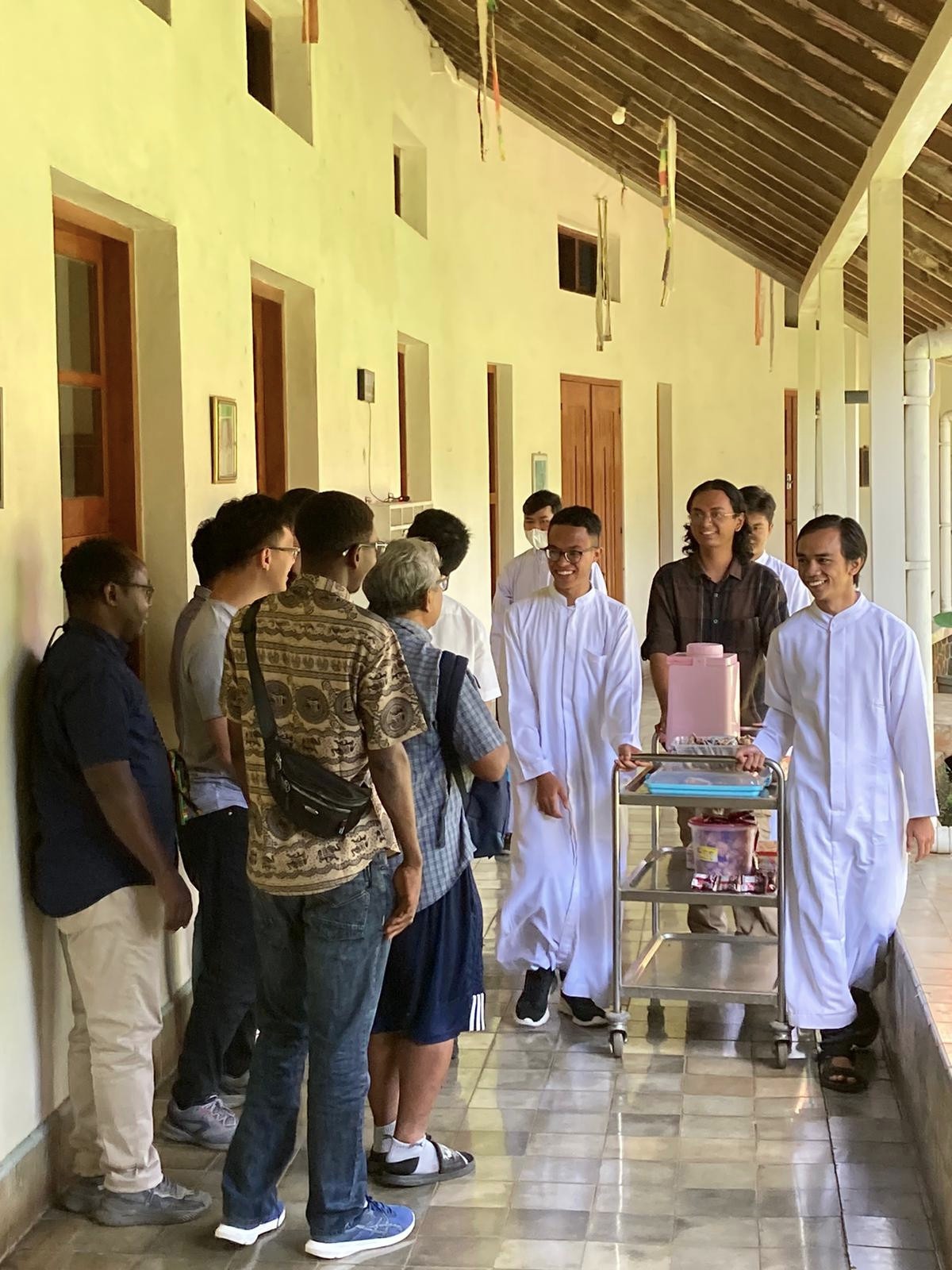
One novice shared that he came from a family of Muslims, yet his family did not deter him from becoming a Catholic priest. We found many such stories, where families include both Muslims and Catholics—a practice that is rare in predominantly Muslim societies. This is a testament to the tolerance of Indonesian society as well as the respect accorded to different faiths.
During our tour around the novitiate, I met Fr Priyono Marwan after a long time. I had met Fr Priyono through Fr Greg Soetomo many years ago, and he kindly gave me a tour of Sanata Dharma University, where he was assigned.
Before leaving Girisonta, I had the chance to visit two Jesuits I had known for years. I met Msgr Julianus Sunarka in Kramat 6, Jakarta. He had just finished an assignment and was awaiting a new one. Later, I learned that Fr Sunarca would be appointed bishop in Central Java. I remember him very well because he had a gift for foretelling events and a keen sense of perception. Also, I will not forget him because he gave me a beautiful batik shirt from Solo, which I still wear occasionally.
Fr Handy Lenggawa was my student at the Ateneo de Manila when he took the course on Asian History. Before entering the Society, Fr Handy studied engineering in Germany and worked in factories. I cannot forget when he told me that he was struggling with Philosophy, as it was the opposite of the discipline he had mastered, forcing him to unlearn many things first.
What impressed me most at Girisonta was the Society’s effort and innovation in remembering its deceased members. A QR code beside each name on the tomb allows visitors to scan and access the individual’s epitaph and biography. This eliminates the need for physical or online searches, and even lets you share the information with others. This is a remarkable way of not only preserving the memory of a Jesuit but also providing valuable historical insight. It’s a practice I hope the other provinces will consider replicating.
Related stories:
A journey of interfaith dialogue and discovery in Indonesia
Immersing in Islamic communities in Central Java

